Winter squashes are more than just decorations around the holidays. While you might be thinking about your pumpkin as a jack-o-lantern more than a side dish, from jack-o-lanterns to mantle decorations, that is probably what comes to mind, but winter squashes are full of flavor and easy to cook.
There are many types of squash – some you may be familiar with and some you may think of as decorations but not realize how delicious, and good for you they are!
Page Content
Health Benefits of Winter Squash
Winter squash are “starchy” vegetables, meaning they contain more calories and carbohydrates than other veggies. On average, winter squash varieties have about 18 grams of carbohydrates and 75 calories per cup of cooked squash.
However, winter squashes are nutrient-dense and packed with fiber, vitamin C, vitamin A, potassium, and antioxidants like beta-carotene and zeaxanthin. The fiber helps fill you up and keeps your GI tract healthy and those antioxidants are good for our heart, brain, and eye health.
As a matter of fact, besides sweet potatoes, winter squash contains the most beta-carotene of all vegetables coming in at around 9,370 micrograms. Yes, they have even more than carrots!
Once you add some milk, cream, or butter…well, you know those calories go up, but that extra fat does help us absorb all that lovely beta carotene! So go ahead and add a bit of milk or drizzle on a bit of olive oil to help you get as many of those antioxidant benefits as you can.
They have a rich flavor and can be cooked in many ways. Everything from soup to a side dish to salad and pie. These vegetables are incredibly versatile.
As a culinary nutritionist, I look forward to fall and winter for these rich veggies and love to come up with new ways to prepare them.
Let’s dive into my nine favorite varieties of winter squash and why you should consider trying them.
1) Acorn Squash
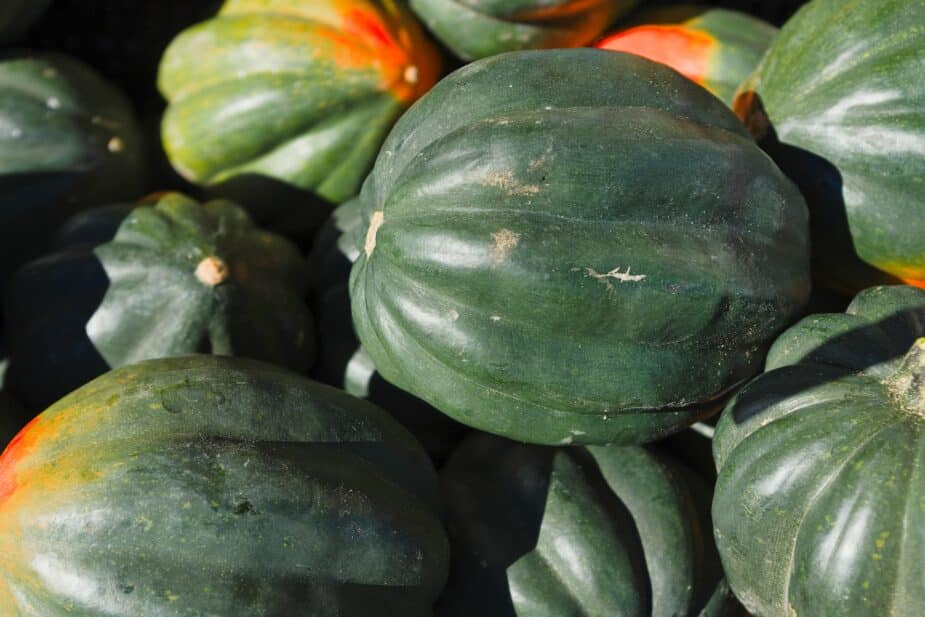
This roundish squash is usually dark green with some orange on the skin. It looks a lot like an acorn and has an orange interior. It is common in most grocery stores and may be available year-round, but it has the best flavor in the fall and winter.
What does acorn squash taste like? Acorn squash has a slightly sweet flavor. It is high in fiber, with a half cup of cooked squash giving you about 4.5 grams of fiber. That fiber gives this squash a bit of a stringy, fibrous texture. It is easy to roast and works well with savory stuffings like meat or a rich quinoa and bean mixture. It may not be ideal for soups but can work if you blend it enough.
Acorn squash is typically one to three pounds and should have firm, dull skin that feels heavy. If it has any soft spots, it’s over the hill.
Store it in a cool, dry, dark place for up to a month. Only store a cut acorn squash in the fridge.
My Roasted Southwestern Style Stuffed Acorn Squash is one of my favorite fall treats.
2) Buttercup Squash
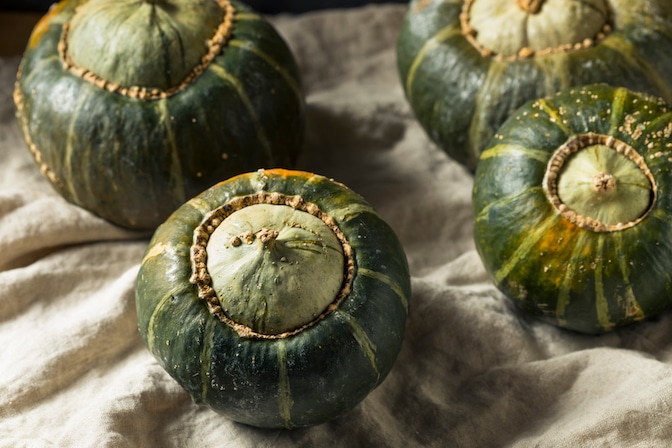
Also called “turban squash,” buttercup squash is another favorite of mine. It is a little harder to find in grocery stores, but you can find it in farmer’s markets and specialty markets in fall and winter.
The shape makes it a bit harder to peel, but you can slice it in rounds and cook it with the skin on.
Buttercup squash is slightly sweet and has a super creamy orange interior when cooked. It is delicious roasted and drizzled with a little maple syrup and chopped walnuts. Because of its creamy texture and similar flavor to sweet potatoes, it can also be used in their place in just about any recipe.
3) Butternut Squash
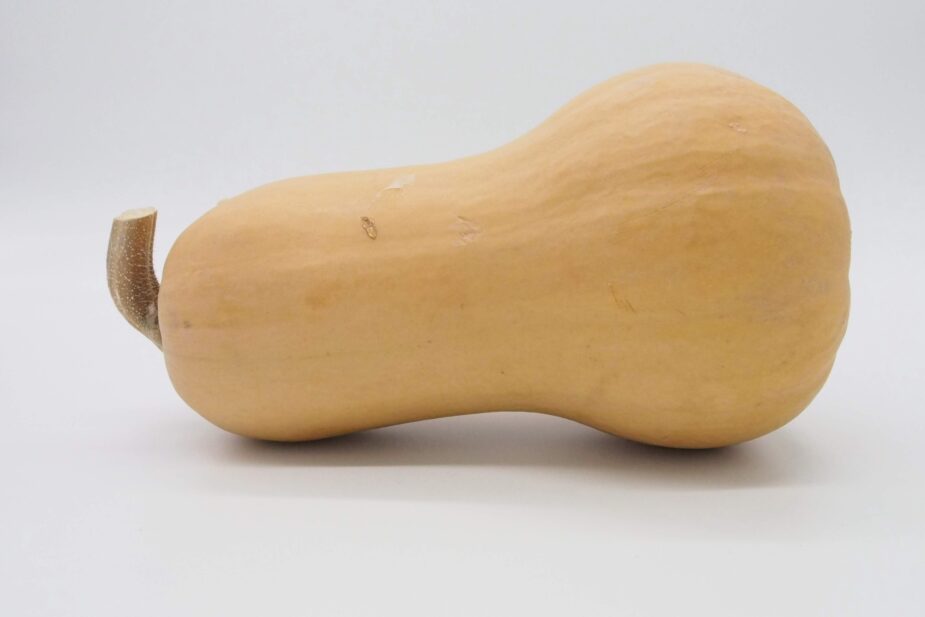
This light orange, long squash is often used for soups and sauces. You can buy it in many stores already cubed for you. It’s not hard to peel but a trick to make it even easier is to microwave it for about 3 minutes, let it cool until you can handle it, and then peel it; it’s so much easier!
What does butternut squash taste like? It has a rich flavor and a smooth texture once cooked. It’s not at all stringy like an acorn squash but still has about 3 grams of fiber per ½ cup of cooked squash.
I love using this squash for soups and sauces. It pairs well with apples, cider, coconut milk, and goat cheese so you can use it in a variety of dishes.
Try my butternut squash pasta sauce for a hearty vegetarian dinner.
4) Delicata Squash
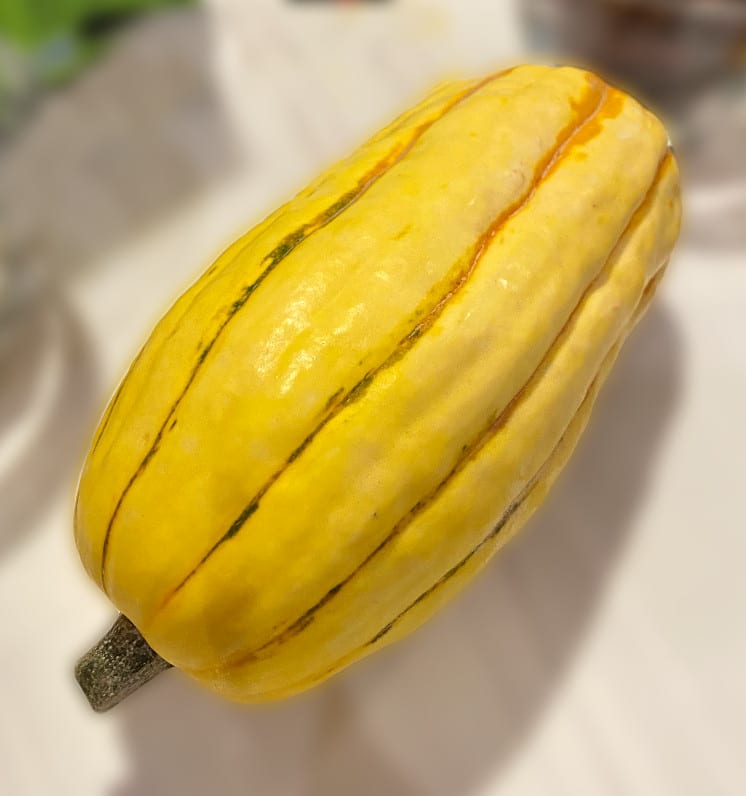
Just as the name implies, delicata squash is one of the more delicate winter squashes. It has a tender and delicate skin that is edible and the inside is smooth and a sweet flavor. You may be more familiar with seeing this squash as a fall decoration, but trust me it is delicious.
Being able to eat this skin makes this squash super easy to prepare. The skin is actually easy to cut through, even when it is raw.
Cut the ends off, cut it in half, and scoop the seeds out. Then cut each half into about ½ inch semi-circles. Brush the sides with flavor-infused olive oil, and roast it for 20-30 minutes. When the skin pierces easily with the tip of a knife it is ready to go.
I love serving this squash on top of a hearty greens-based salad with a light vinaigrette dressing.
5) Honeynut Squash
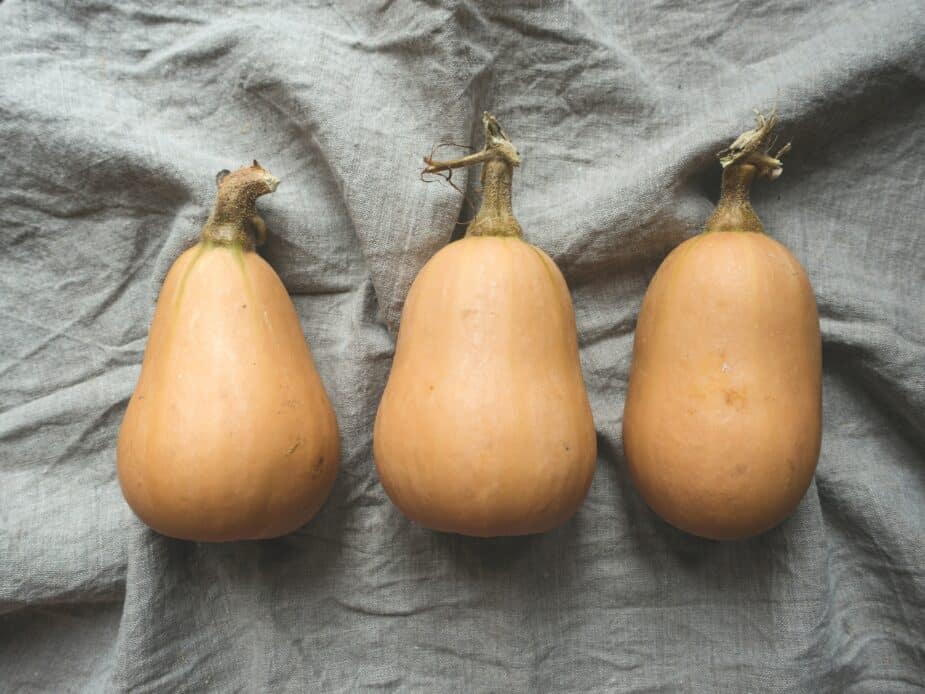
Honeynut squash is a hybrid version of butternut squash that was developed at Cornell University. It looks just like butternut squash but is smaller and more flavorful.
It is a bit harder to find in grocery stores but is becoming more widely available. If you do find it, pick up a few and roast them up.
Like the delicata squash, the skin on a honeynut squash is thin and delicate and can be eaten, which makes it easy to prepare and you get a little more bang for your buck nutritionally from the fiber in the skin.
Roasting them brings out their sweetness. Try them in my Roasted Honeynut Squash with Candied Pecans. It’s a festive holiday side dish!
6) Hubbard Squash
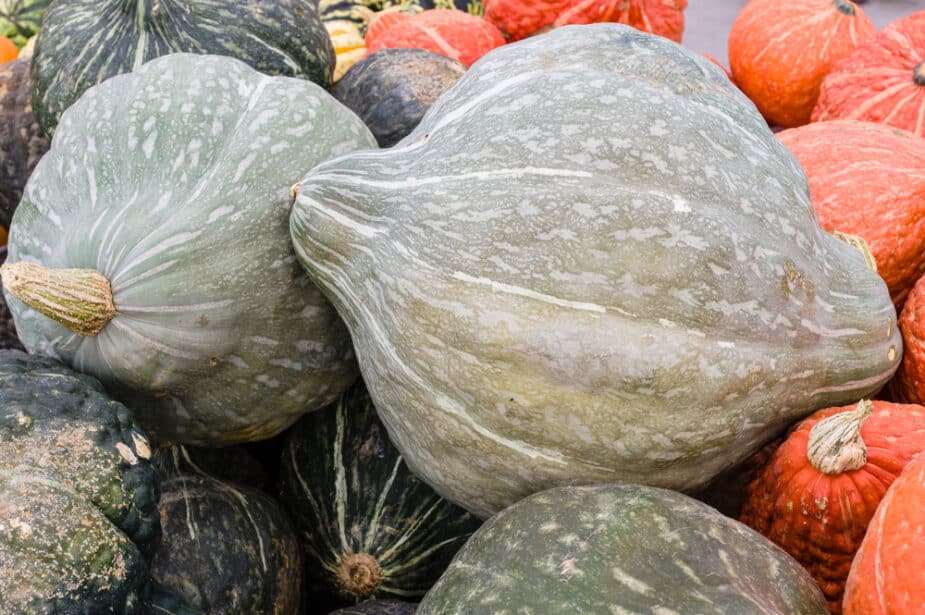
This squash comes in two colors—blue and dark green. It is probably one of the strangest-looking squash varieties, as it has bumpy, hard skin and is shaped like a football.
This squash is most often found at farmer’s markets in the fall. It will keep for a couple of months as long as it is kept in a cool, dry area.
Because the skin on the hubbard squash is so tough to peel it is best to cut this big baby in half, scoop out the seeds, and roast it. Once cooked the interior is delicious pureed with some broth and milk or cream to make a rich soup. Sprinkle it with chopped fresh sage leaves and serve it with crusty French bread on the side.
7) Kabocha Squash
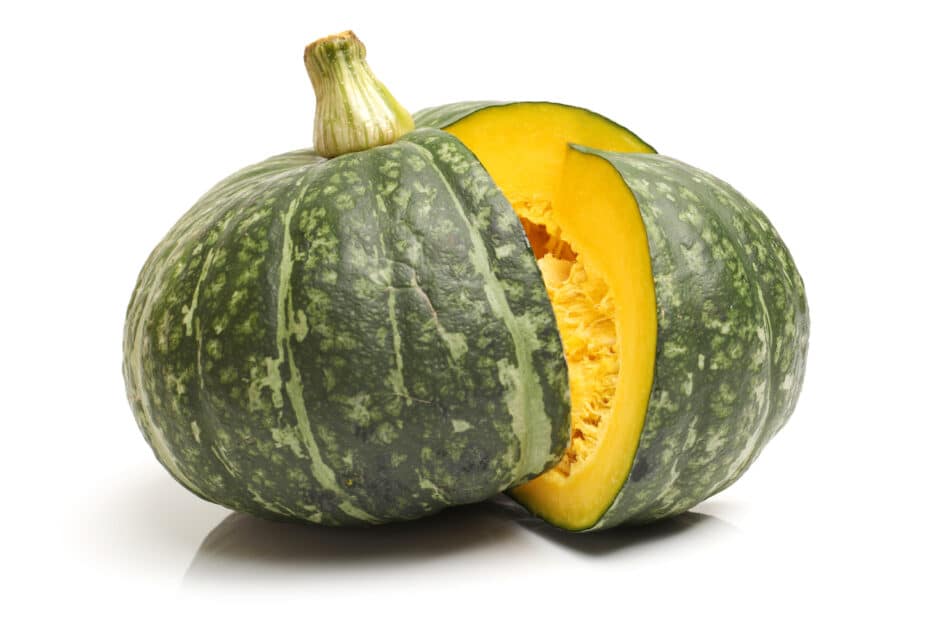
There are a few varieties of this specialty squash that come from Asia. You may see a green, blue, or even orange kabocha squash in some specialty markets. Typically it is green with specs of yellow throughout the skin and is slightly “squashed” appearing. (Pun intended!)
In Japan, the kabocha squash is also known as the Japanese pumpkin and is typically eaten around the winter solstice to help ward off colds and illness.
It also has a very thick skin and is best roasted after being halved with the interior scooped out after roasting. What does kabocha squash taste like? It is often described to have a buttery and slightly sweet, nutty flavor.
Kabocha squash can be used in both sweet and savory dishes and when pureed can be made into a rich soup or cut into cubes and mixed with hearty whole grains and dried fruit. It can also be stuffed as its thick skin will hold its shape allowing the squash halves to be used like serving bowls.
8) Pumpkin Squash
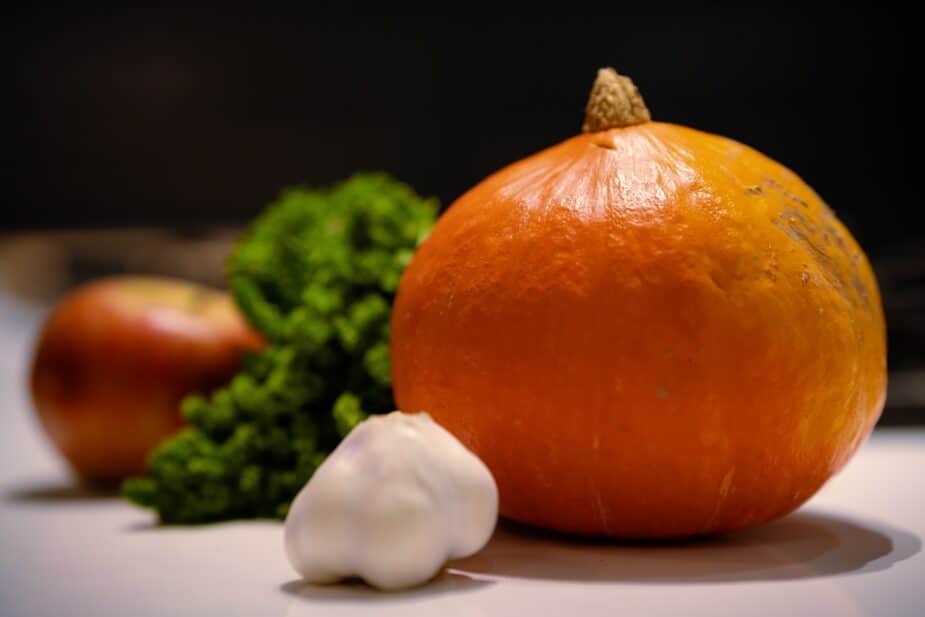
Yes, pumpkin is an edible squash, but the kind you use to make your jack-o-lantern is different from the variety that makes that delicious Thanksgiving pumpkin pie.
The pumpkin used in cooking and baking is a sugar pumpkin. It is much sweeter and smaller in size than that pumpkin sitting on your front porch!
The large pumpkins we are so familiar with at Halloween time are still edible, but the flesh tends to be more watery and stringy and has less pumpkin flavor than the little sugar pumpkins.
But honestly, if you have a smaller size, uncarved pumpkin, sitting on your porch (that hasn’t frozen yet!) you could cook it up and likely have good results.
For a sweet morning treat pumpkin oat bars are a great way to add veggies to your breakfast or for a snack in the afternoon.
9) Spaghetti Squash
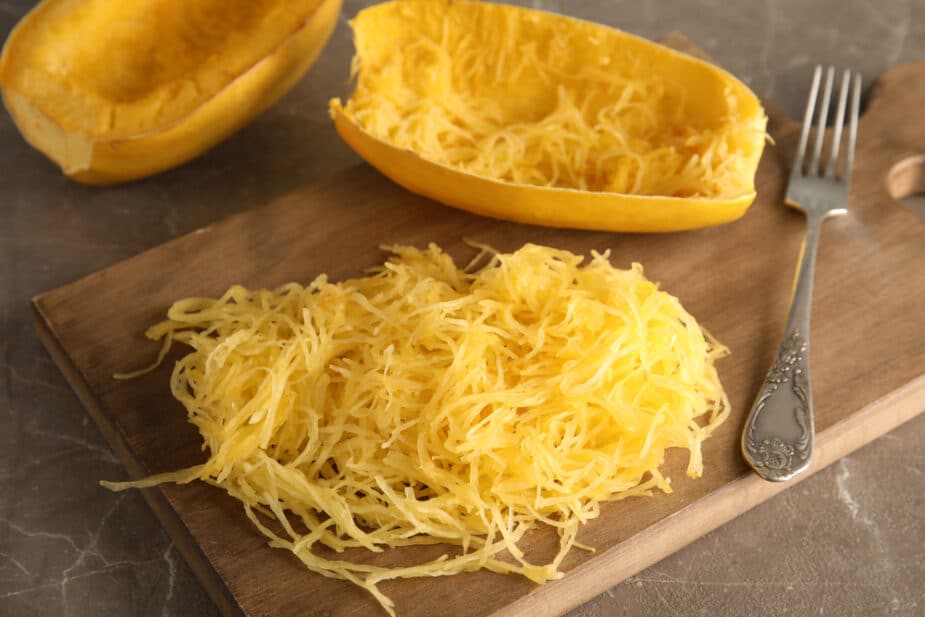
Called spaghetti squash because of its stringy interior that looks like spaghetti noodles after being cooked, this veggie became popular with the high protein craze and when people started to avoid gluten.
Spaghetti squash is a great sub for pasta, and it is lower in carbs and calories than regular pasta; one cup has about 75 calories, 10 grams of carbohydrates, and 2 grams of fiber.
Roasting spaghetti squash and filling it with a tomato and meat-based sauce is a classic way to serve this fall treat.
How to Cook Winter Squash
While fall and winter squash are tough on the outside and may look intimidating if you’ve never tried them, they are pretty easy to cook and pretty forgiving.
Roast
Roasting or baking is the easiest way to prepare squash. Start by preheating the oven to 425°F.
Simply wash it and cut it in half. Okay, you’ll have to use a bit of muscle here and have a super sharp knife, but once you go through the tough outer skin, you should be able to cut it straight down.
Then, remove the seeds and stringy pulp. You can use a sturdy spoon or an ice cream scoop to get all the seeds and stringiness out. Save the seeds to roast later! (See below!)
Brush the inside with olive oil and sprinkle them with a little salt and pepper. Place them cut-side down on a foil or parchment-lined baking sheet and cook until you can easily pierce the skin with a knife.
The cooking time depends on the size of the squash but most will take at least 30 – 45 minutes.
Once they are done, drizzle them with a little maple syrup or flavored olive oil for a delicious side dish.
Boil
Some squash are ideal for soups and stews like butternut and honeynut squash. Start by peeling the squash with a vegetable peeler, cutting them in half, and scooping out the seeds.
Then dice them into 1-2 inch pieces and you can add them to stock with other vegetables and cook them until they are tender.
Puree them in the pot or transfer them to a blender. Add some milk, coconut milk, or broth and you’ll end up with a rich and thick soup or sauce.
Microwave
Yes, you can microwave squash! Just cut it in half and remove the seeds and pulp. Place them cut-side down on a microwave-safe plate and cook them on high for 5 – 7 minutes, depending on the size.
Microwaving squash is also a good way to give you a head start on peeling and roasting it. Microwave the squash for 2 – 3 minutes and let it cool a bit. The peel will come off easily, allowing you to cut it into cubes and finish it off in the oven in half the time.
Storage Suggestions
Store whole squash in a dry, cool (50 – 60°F) area. They’ll keep for a month or two this way.
Cut, uncooked squash should be kept in the refrigerator, wrapped, for 5 – 6 days.
You can freeze cooked squash and this is a great way to keep it. Boil or roast it and freeze it until you need it. You can make your own pumpkin puree, freeze it in 1 – 2 cup portions, and pull it out whenever you are ready to make your pies or pumpkin bread!
Don’t forget about the seeds!
The seeds found in squash are full of fiber and nutrients like magnesium and zinc. You can roast just about all squash seeds but pumpkin seeds are the most common. Check out my tricks for roasting pumpkin seeds here.
Bottom Line
Winter squash is a healthy and delicious vegetable that can be used as a main dish, side dish, or even part of a dessert. While they may look a bit different and have slightly different flavors, they are easy to cook and a great way to add variety and color to your winter menus.
Do you like learning about different foods and how to use them? Are you interested in finding easy ways to boost your health and nutrition without breaking the bank? Sign up for my monthly newsletter where I’ll drop tips and tricks in your inbox once a month and share new recipes and nutrition news just for you.

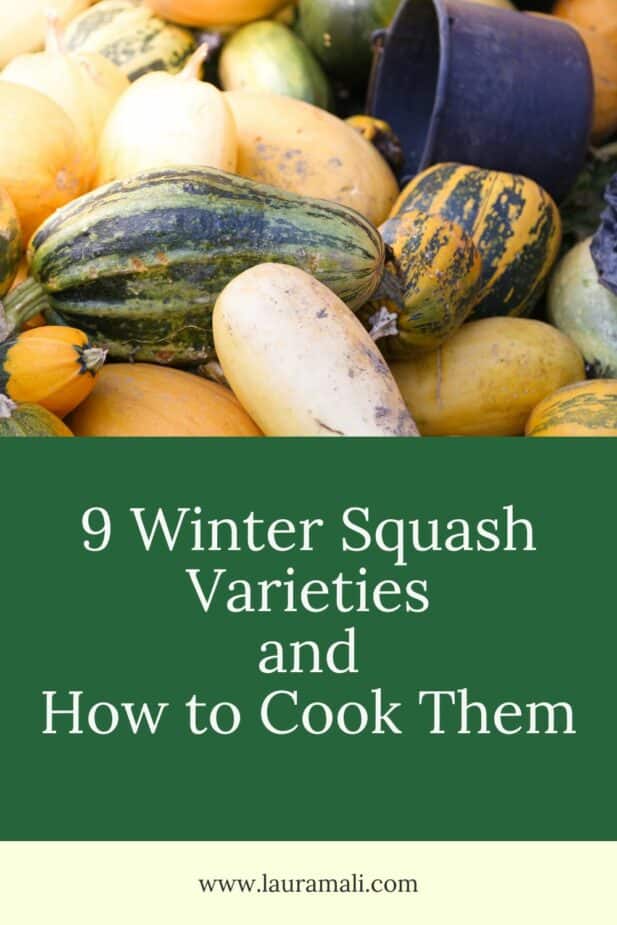
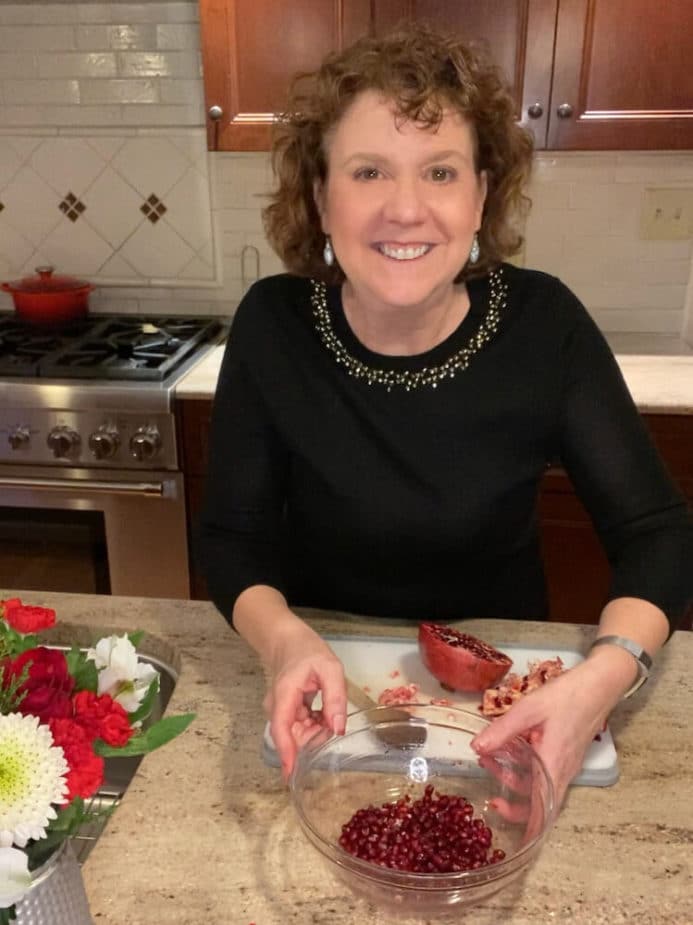
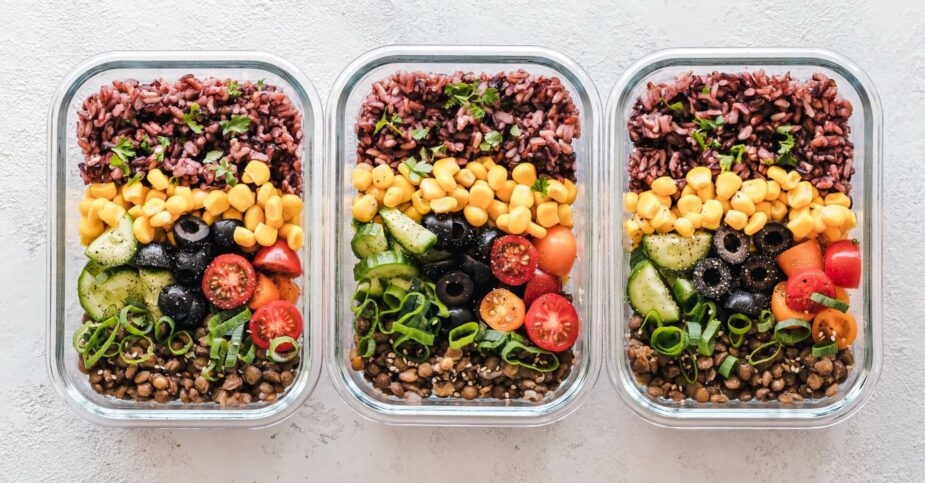
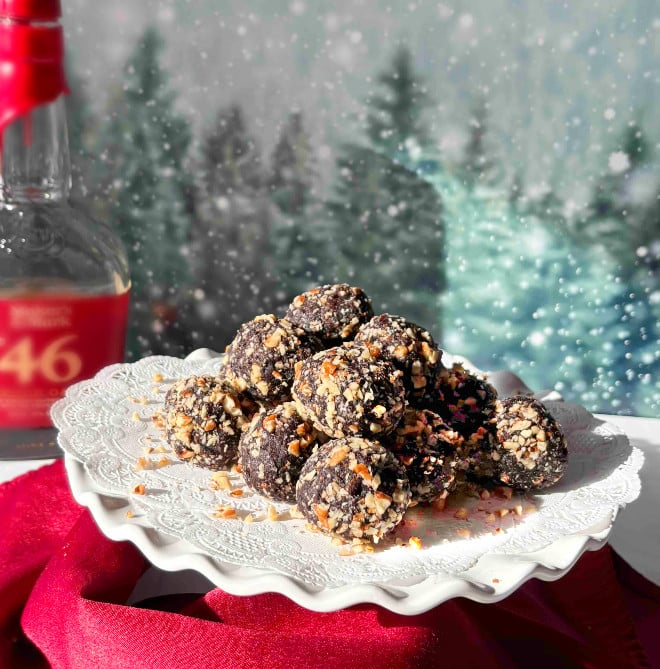
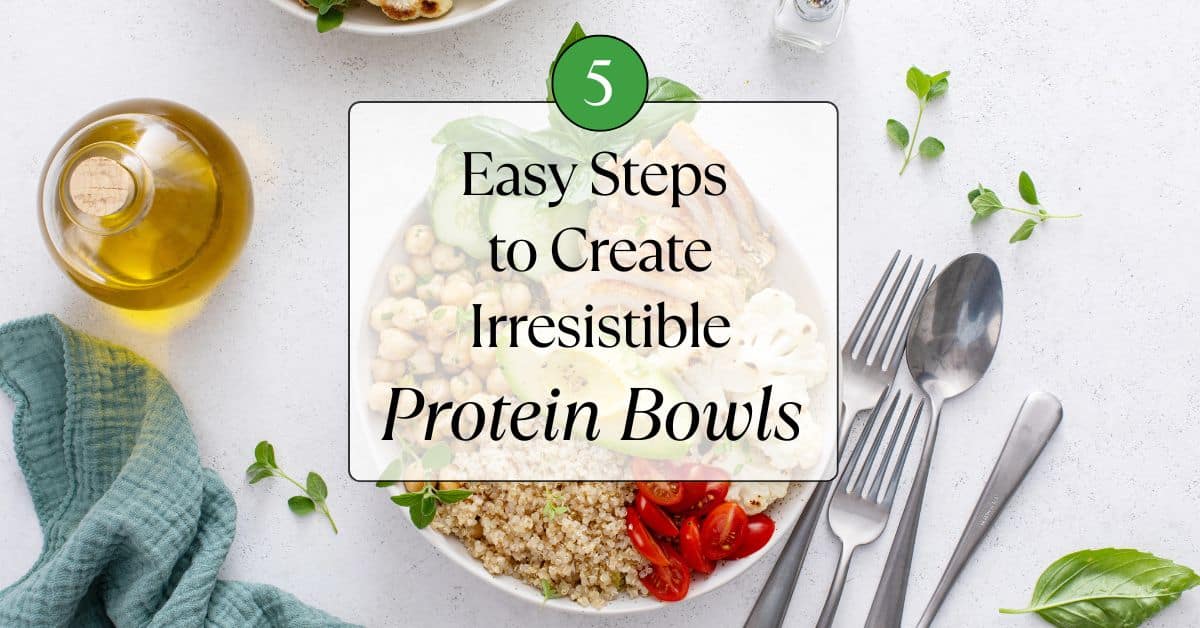
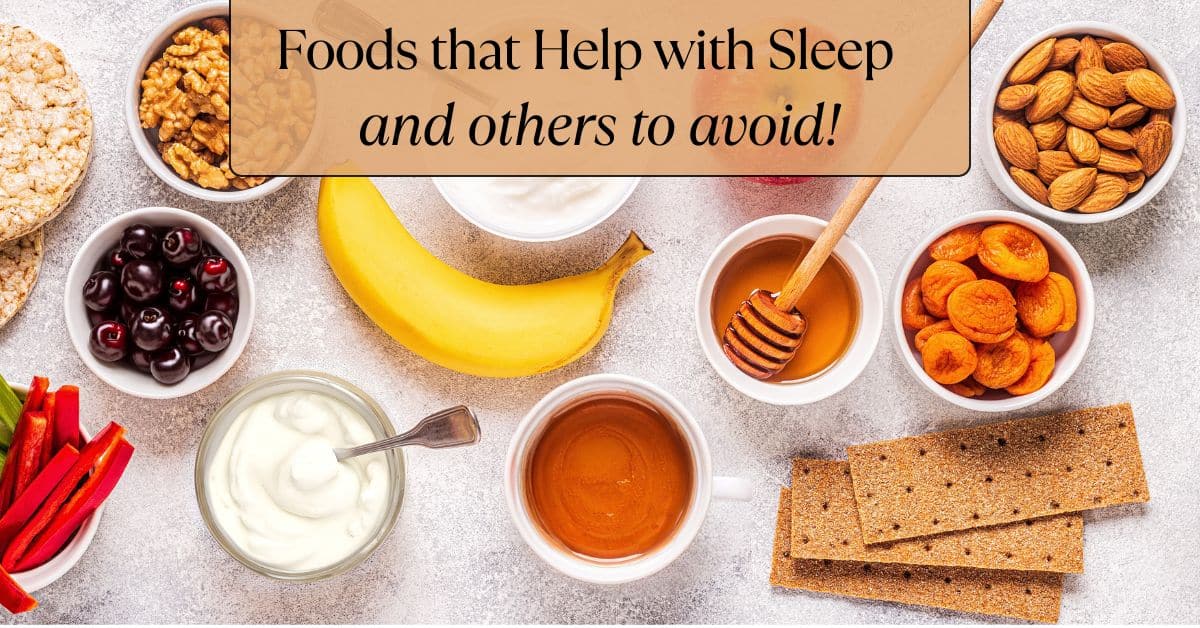


6 thoughts on “9 Varieties of Winter Squash and How to Cook Them”
This is such a great overview! Just the info I was looking for. Thanks for posting!
You’re very welcome! I’m glad you found it to be helpful!
We have a community food pantry and we were blessed with a couple hundred pounds of squash yesterday. I’m sharing your information with the little community. Thank you!
You’re welcome! I’m glad it is helpful!
Thanks so much, useful article. Will try roasting my squash tonight.
You’re welcome!